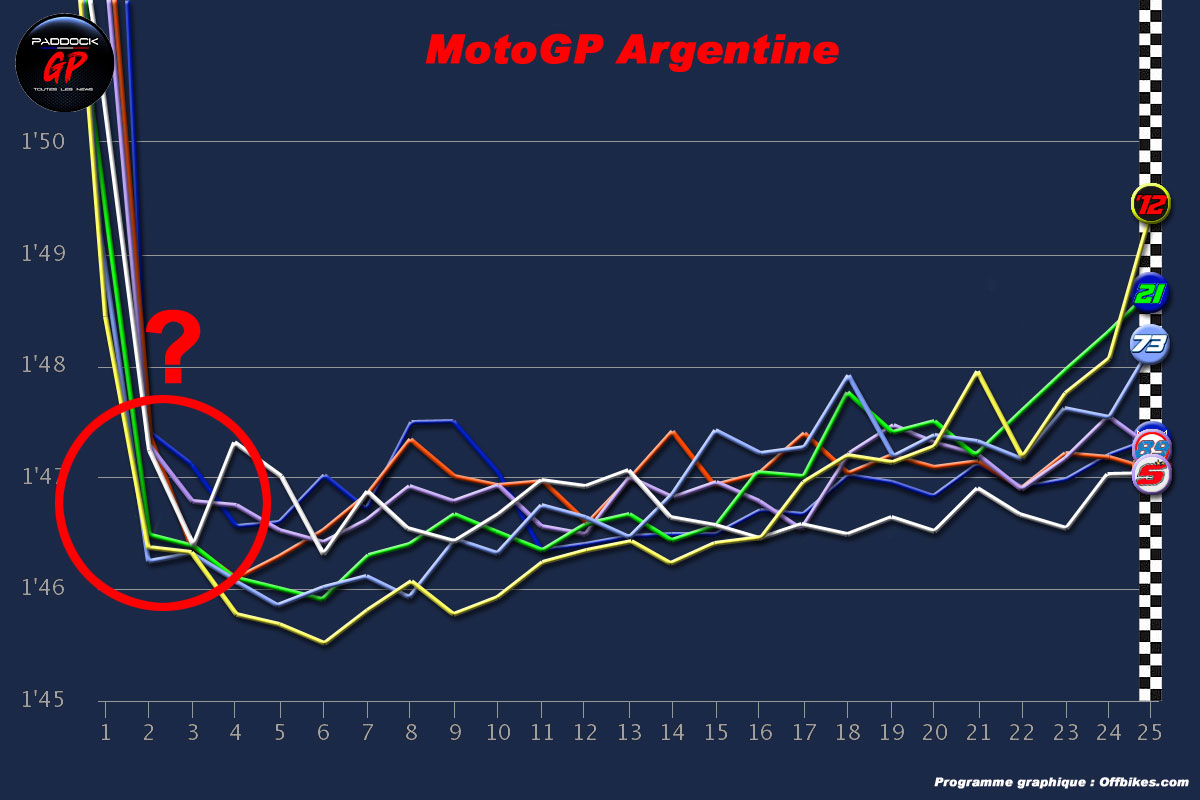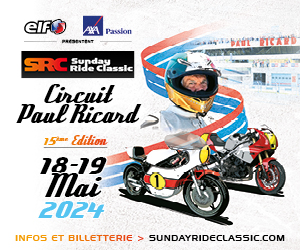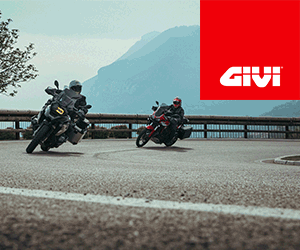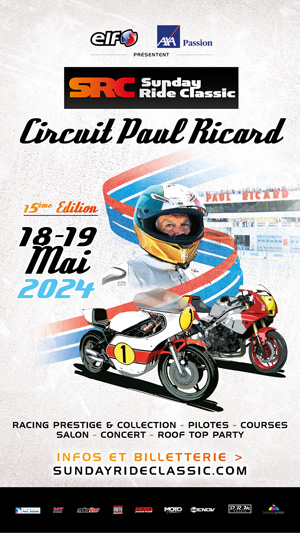Looking at the curves of the first seven of the Argentine Grand Prix, we see that they are divided into two groups. But can we really explain it?
Let's start with Marco Bezzecchi et Johann zarco, not only because they are the first two of the GP, but above all because their curves are very characteristic.
For the Mooney VR46 team driver, it's very classic, with a best lap achieved on the sixth lap then a very gradual slowdown, without even mentioning the last lap to ensure.
We will nevertheless note two interesting things, starting with an ultra-fast start in action in 1'48.429, far superior to those of all his opponents. Clarification, in Argentina the finish line is not the starting line, which explains its first lap only two seconds slower than the following ones.
Conversely, Johann zarco made his first lap in 1'50.942, but above all presents us with a surprisingly flat curve. Faster than the winner from the 16th lap, the French driver showed breathtaking consistency allowing him to achieve the end of the race that we know...

But what about the others?
Alex Márquez
is clearly to be placed on the side of Marco Bezzecchi...
Moreover, these curves are completely classic, with a better time in the first 6 laps then a slow wear of the rear tire.
In the wet, the front tire hardly wears out and could even cover the distance of several races.

same for me Franco Morbidelli...

Jorge Martín is generally to be classified with Johann zarco.

So, does this mean that the Pramac drivers, Johann zarco et George Martín, are the exception that proves the rule? That they found a magic setting to favor the end of the race?
No, because if we look at the curve of Jack Miller...

…it is generally consistent with those of Johann zarco et George Martin, but also that of fabio quartararo.

Faced with such differences in behavior, we therefore sought a technical explanation or, failing that, hypotheses. We therefore contacted several paddock technicians, if only to review the following basics:
– If, in the dry, the minimum pressures are 1,88 bars at the front and 1,7 bars, they are 2 bars at the front in the wet.
– Unlike what happens in the dry, no one rides lower at the front in the wet, and very few at the rear.
– On the contrary, the wetter the track, the higher the tire pressure is necessary, of the order of 200 grams, in order to reduce the footprint and increase the ground pressure.
Faced with our request for an explanation, our interlocutors kindly made us understand that a multitude of factors intervened in the times observed, and that it was almost impossible to find the why and how, without having in hand all the data from all pilots, which is naturally impossible. Geometric and electronic settings of the motorcycle, level of attack of the rider, traffic on the track, initial pressures and temperatures of the tires, etc., etc., etc., play a part in the final time, and it is therefore with the head down that We were going to conclude this article when we found a correlation between the shape of the curves and certain data: the activation during the first two rounds.
Whatever the reasons (activation, traffic, rear tire pressure), Marco Bezzecchi in 1'48.429 at fabio quartararo in 1'54.330, the times of the first two laps are very disparate, but correspond well to the shapes of the curves observed afterwards: As if by conceding time during the first laps, the rear tires were less tormented and offered better regularity afterwards.
| First round |
Second turn |
|
| Marco Bezzecchi | 1'48.429 | 1'46.362 |
| Johann zarco | 1'50.942 | 1'47.241 |
| Alex Marquez | 1'49.169 | 1'46.238 |
| Franco Morbidelli | 1'50.251 | 1'46.469 |
| George Martin | 1'52.200 | 1'47.289 |
| Jack Miller | 1'52.316 | 1'47.350 |
| fabio quartararo | 1'54.330 | 1'47.408 |
By submitting what is only a hypothesis to some of our interlocutors, we obtained only a simple " it's possible " not really convincing.
Usually, “the curves speak to us”, but today not really. Sorry.
The final word therefore goes to Johann zarco : " It was funny because Italian television told me that I had a good strategy by waiting at the beginning and coming back strong at the end. But I told them I wasn't expecting at first (laughs)! »

























